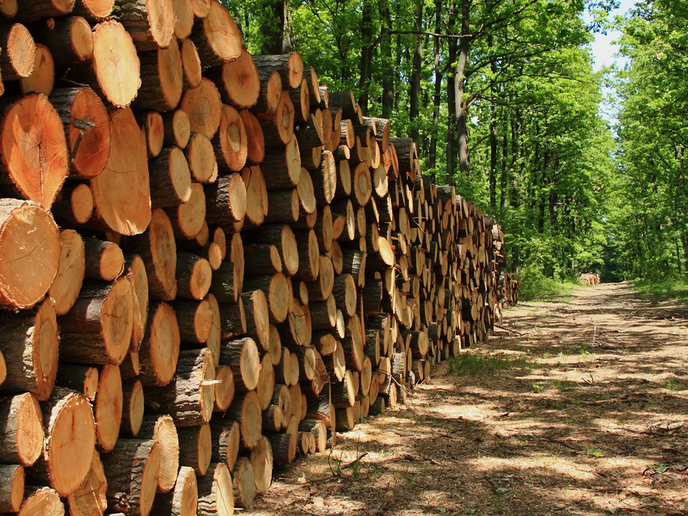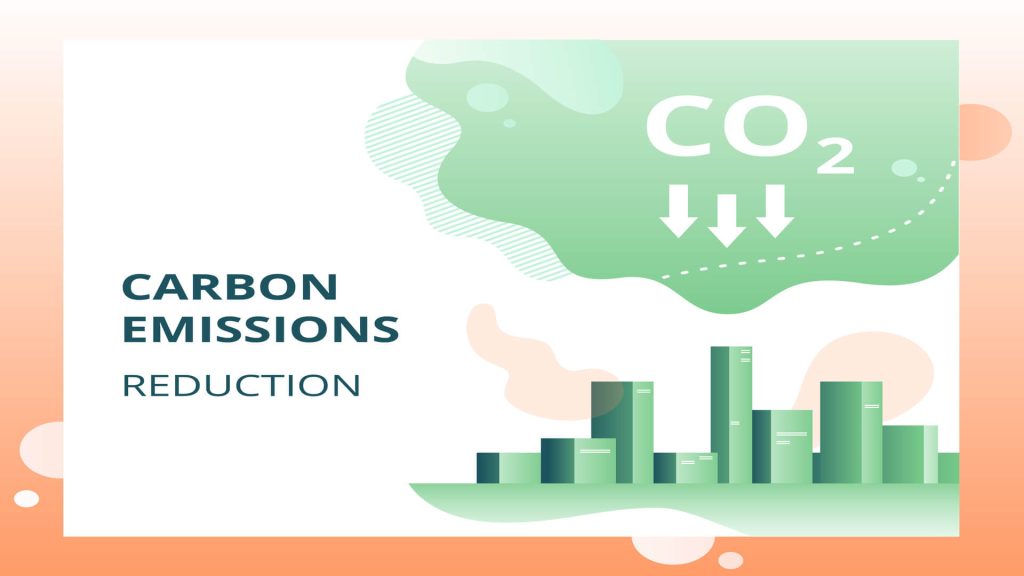In the quest for sustainable practices, forestry biomass biochar manufacturing emerges as a beacon of environmental hope. This transformative process not only addresses the growing concern of forestry biomass waste but also contributes to soil health, carbon sequestration, and overall ecological balance. The biochar equipment plays a key role in manufacturing biochar.

The Forestry Biomass Challenge
Forestry biomass waste, a byproduct of various forestry activities, has long posed environmental challenges. Logging, pruning, and thinning operations generate massive amounts of residues, often left to decay or burned, releasing carbon into the atmosphere. The Green Revolution seeks to transform this challenge into an opportunity by harnessing the potential of forestry biomass through biochar manufacturing.
Biochar Basics: Understanding the Magic Carbon
Biochar is not merely charcoal; it’s a carbon-rich material produced through the pyrolysis of organic matter, in this case, forestry biomass. The pyrolysis process involves heating biomass in the absence of oxygen, resulting in a stable, carbonized product. This magical carbon structure is the key to biochar’s ability to revolutionize soil health and environmental sustainability.
The Manufacturing Process Unveiled
Forestry biomass biochar manufacturing involves a meticulous series of steps, from biomass collection to the final biochar product. This section will provide a detailed walkthrough, covering aspects such as feedstock selection, pyrolysis methods, and the importance of temperature control in achieving the desired biochar properties.
Soil Enrichment: Biochar’s Role in Agricultural Sustainability
Agriculture is a cornerstone of human existence, and the health of our soils directly impacts food security. The Green Revolution, through forestry biomass biochar manufacturing, offers a solution. Biochar improves soil structure, water retention, and nutrient availability, fostering healthier and more resilient crops. When you wanna make biochar through a simple way, Beston mobile biochar machine is a good choice.
Carbon Sequestration: Mitigating Climate Change
Climate change is an urgent global concern, and biochar plays a vital role in mitigating its impacts. By locking carbon in a stable form within the soil, biochar acts as a carbon sink, reducing atmospheric carbon dioxide levels. This section explores the potential of biochar to contribute to carbon sequestration and its implications for climate change mitigation.

Circular Economy: Turning Waste into Valuable Resources
Forestry biomass biochar manufacturing exemplifies the principles of a circular economy, where waste is transformed into valuable resources. Instead of allowing forestry residues to decompose or be burned, this process repurposes them, closing the loop and minimizing environmental impact.
Biodiversity and Ecosystem Benefits
The Green Revolution is not solely about addressing immediate concerns; it’s about creating a holistic, balanced ecosystem. Biochar-amended soils support diverse microbial communities, promoting biodiversity. This section explores how biochar contributes to the restoration of ecosystems and the conservation of biological diversity.
Economic Opportunities: Green Jobs and Sustainable Industries
The transformative power of forestry biomass biochar manufacturing extends beyond the environmental sphere. This section examines the economic opportunities associated with the Green Revolution, from the creation of green jobs to the establishment of sustainable industries centered around biochar production. Apply the lump charcoal making machine to make charcoal.
Challenges and Considerations: Navigating the Path to Sustainability
While the potential of forestry biomass biochar manufacturing is vast, challenges exist. This section discusses considerations such as feedstock availability, energy requirements, and potential trade-offs, emphasizing the need for a balanced and informed approach to ensure the long-term success of this green initiative.
Case Studies: Realizing the Green Revolution in Action
Real-world examples speak volumes about the efficacy of forestry biomass biochar manufacturing. This section showcases case studies from around the globe, highlighting successful implementations, lessons learned, and the positive impacts on local environments and communities. If you wanna see more cases, view this web: https://www.bestongroup.com/th/.
Conclusion: Embracing The Green Revolution
In conclusion, forestry biomass biochar manufacturing stands at the forefront of The Green Revolution, offering a multifaceted solution to environmental, agricultural, and climate challenges. By harnessing the power of biochar, we not only address the issue of forestry biomass waste but also pave the way for a more sustainable and resilient future. The Green Revolution is not a distant dream but a tangible reality, waiting to be embraced for the well-being of our planet and generations to come.